
THE GREAT SPACE RACE

RALPH MORSE/LIFE/THE PICTURE COLLECTION
THE MAGNIFICENT SEVEN: The Project Mercury astronautson the verge of both celebrity and space in 1960pose for LIFE photographer Ralph Morse. Back row, from left: Alan Shepard, Virgil Gus Grissom, and Gordon Cooper. Front row: Walter Schirra, Donald Deke Slayton, John Glenn, and Scott Carpenter.
CONTENTS

Lady Bird Johnson (in polka-dot dress, center) and her husband, former President Lyndon B. Johnson, watch the 1969 liftoff to the moon. Photograph by Otis Imboden/National Geographic/Getty.
FROM MISSILES TO THE MOON: THE U.S. VS RUSSIA

HOUSTON CHRONICLE/AP
WE CHOOSE to go to the moon, President John F. Kennedy announced in his famous speech at Rice University in Houston, Texas, on September 12, 1962. And it will be done before the end of this decade.
Forged in the cauldron of both Nazi Germany and the Soviet gulag, the Great Space Race between the U.S. and the USSR during the Cold War was fueled by two very different but equally driven young men: the rocket scientists Wernher von Braun and Sergei Korolev.
A member of Hitlers SS and the creator of the deadly V-2 missile, von Braun narrowly escaped Germanywith a badly broken arm, no lessin the wake of World War II. Korolev, falsely accused of anti-Soviet activities and imprisoned in a Siberian forced-labor camp, was saved from almost certain death when Josef Stalin tasked him with replicating von Brauns killing machine. As the eventual architect of the American space program, von Braun appeared on TV withof all peopleWalt Disney, even as Korolev toiled tirelessly in the Soviet shadows. Excluded from the praise his peerless work had wrought, Korolev was known only as the Chief Designer until his life was cut shortperhaps in part because of the torture hed endured as a political prisoner.
But these disparate men shared the same unlikely dream. Even as they created weapons for antagonistic superpowers, they privatelyand dangerouslyimagined using the same technology to travel to the moon.
This is now all a matter of record, but at the time the facts were obscured by the thrilling, terrifying competition of the Space Race itself: a series of moving triumphs and tragedies, both technological and deeply human, that riveted the nation even as it seemed the fate of the free world hung in the balance. Which nations rockets would reach the moon first? And would these same rockets blow us to smithereens before anyone got the chance? But the divisive drama paradoxically united the human race, if only becauseunthinkable nowwe were all paying attention to the same things at the same time. The millions of Americans who in 1962 watched in fear as the Cuban Missile Crisis unfolded on TV watched with joy as Neil Armstrong took the first steps on the moon in 1969.
Through it all, LIFE had exclusive access to the heroes behind what the magazine called historys greatest exploration. Our reporters were VIPs at the Cape Canaveral launch sites and drank with Alan Shepard, Americas first man in space. Photographer Ralph Morse (many of whose images are featured on these pages) spent time in the astronauts flight simulators and in their homes. (Armstrong was particularly interested in cameras and photography.) Two weeks after the moon landing, LIFE published what was at the time the definitive account of Americas extraterrestrial triumph.
In our fragmented, often distracted world, it may seem almost quaint to imagine an epic, heroic triumph that was pursued in part simply because it was epic and heroic, but we hope that in the following pages, youll travel back to a time whenfor a while, at leastanything seemed possible.

FRITZ GORO/LIFE/THE PICTURE COLLECTION
NO, ITS NOT A TELETUBBY. Its a technician in 1961 testing a space suit for the future moon mission, with the Mojave Desert standing in for the lunar surface.
 Well, space is there, and were going to climb it.
Well, space is there, and were going to climb it.
PRESIDENT JOHN F. KENNEDY, 1962
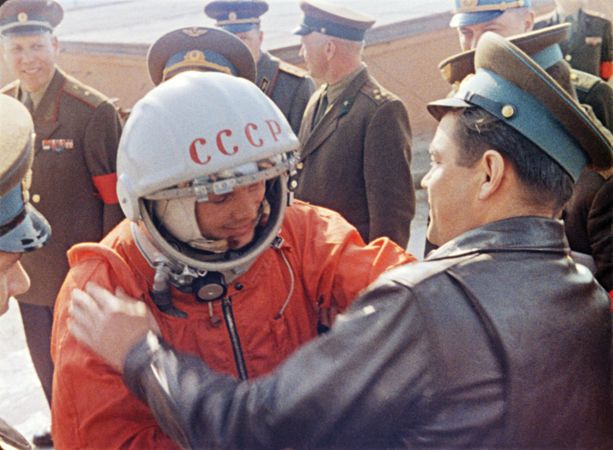
ITAR-TASS PHOTO AGENCY/SOVFOTO
THE ALWAYS SMILING Yuri Gagarin at Baikonur, the Soviet launch area in Kazakhstan, after his historic 1961 space flight. The victory proved an embarrassment to the new U.S. President, John F. Kennedy.
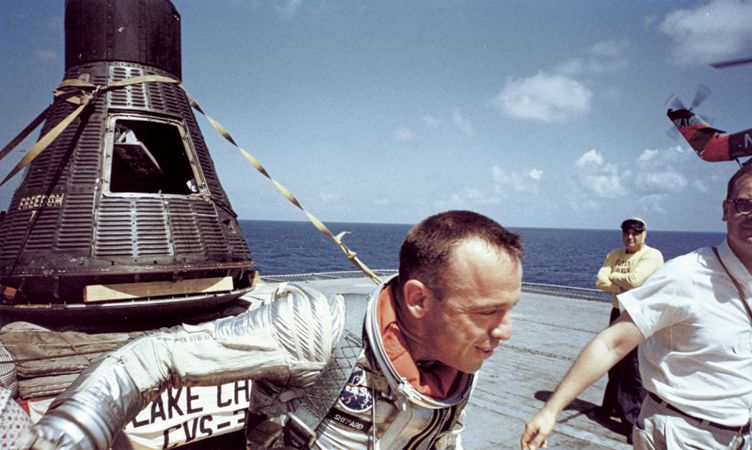
MPI/GETTY
THE ORIGINAL space cowboy, Alan Shepard, sprints from his capsule shortly after his 1961 splashdown in the Atlantic Ocean. He became the first American in space, but the U.S. still lagged behind the USSR.
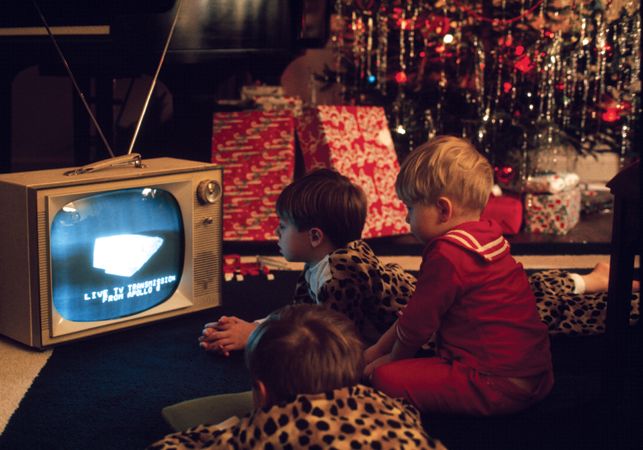
BRUCE DALE/NATIONAL GEOGRAPHIC/GETTY
AMERICAN BOYS watch the 1968 Christmas Eve broadcast from the Apollo 8 astronauts, the first to explore the fabled far side of the moon. No doubt the kids were thrilled to hear crew leader Jim Lovell declare, There is a Santa Claus.

RALPH MORSE/LIFE/THE PICTURE COLLECTION
THE SATURN V rocket achieves liftoff, carrying the three Apollo 11 astronauts to the moon on July 16, 1969. This famous sequence was the brainchild of LIFE photographer Ralph Morse, who shot four exposures a second from the top of the launch tower.
THE BATTLE BEGINS
In the wake of World War II, the U.S. and Russia go ballistic over missilesthanks to a former gulag prisoner and an ex-Nazi.
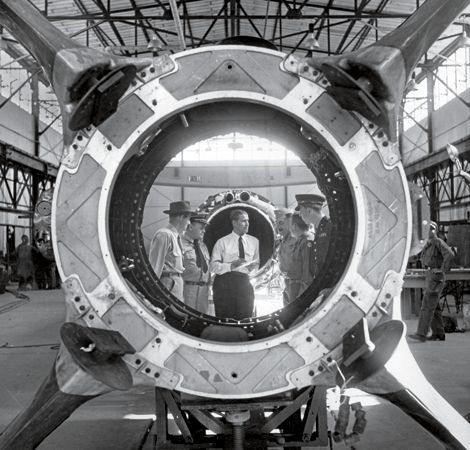
THOMAS D. MCAVOY/LIFE/THE PICTURE COLLECTION
THE MASTERMIND behind the American space program, Wernher von Braunshown here inspecting a jet engine in 1946was in fact a former Nazi. His Russian rival, Sergei Korolev, on the other hand, had been tortured in Stalins gulag.
On the evening of May 2, 1945, Wernher von Braun, the 33-year-old genius behind Nazi Germanys V-2 rocket program, arrived at the American Counter Intelligence Corps in Reutte, Austria. Exhausted and nursing an arm that was badly broken in a car accident, the scientist was fleeing with a handful of colleagues from Adolf Hitlers paramilitary SS. Despite the dictators death a few days before, loyal remnants of his deadly regime were determined to kill von Braun before he fell into enemy hands.



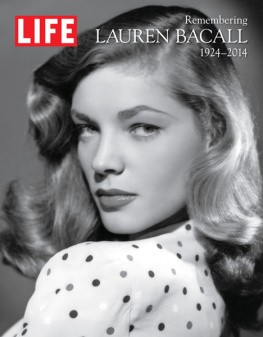

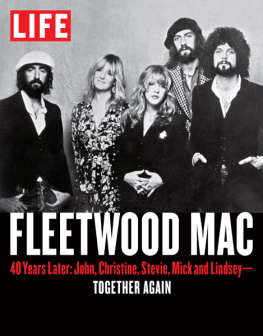
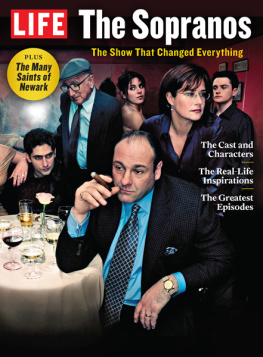
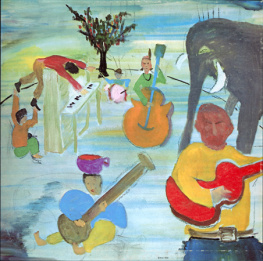
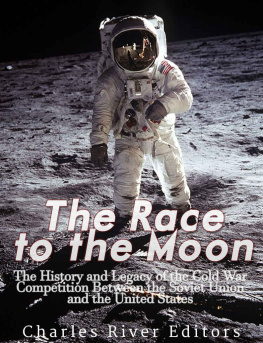
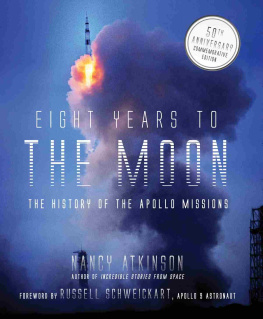
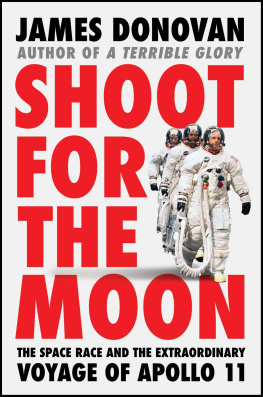
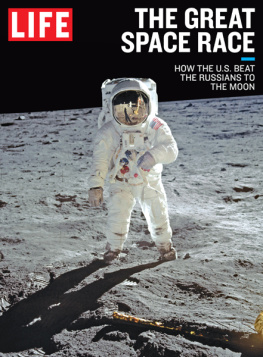
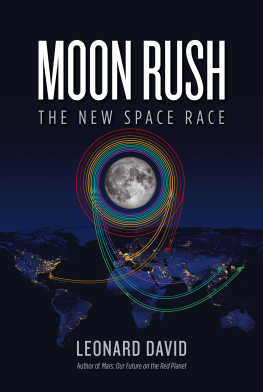
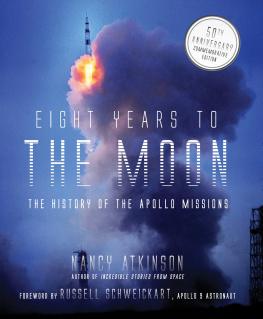
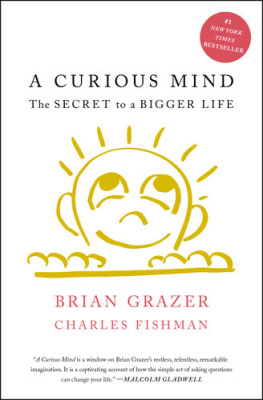
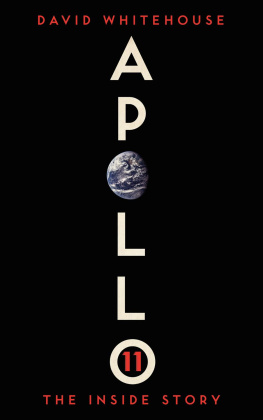
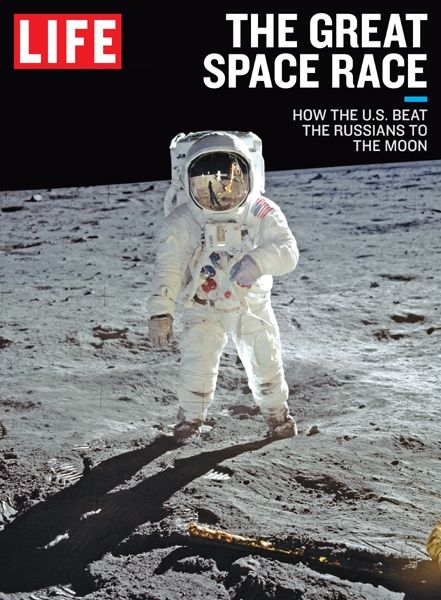





 Well, space is there, and were going to climb it.
Well, space is there, and were going to climb it.



